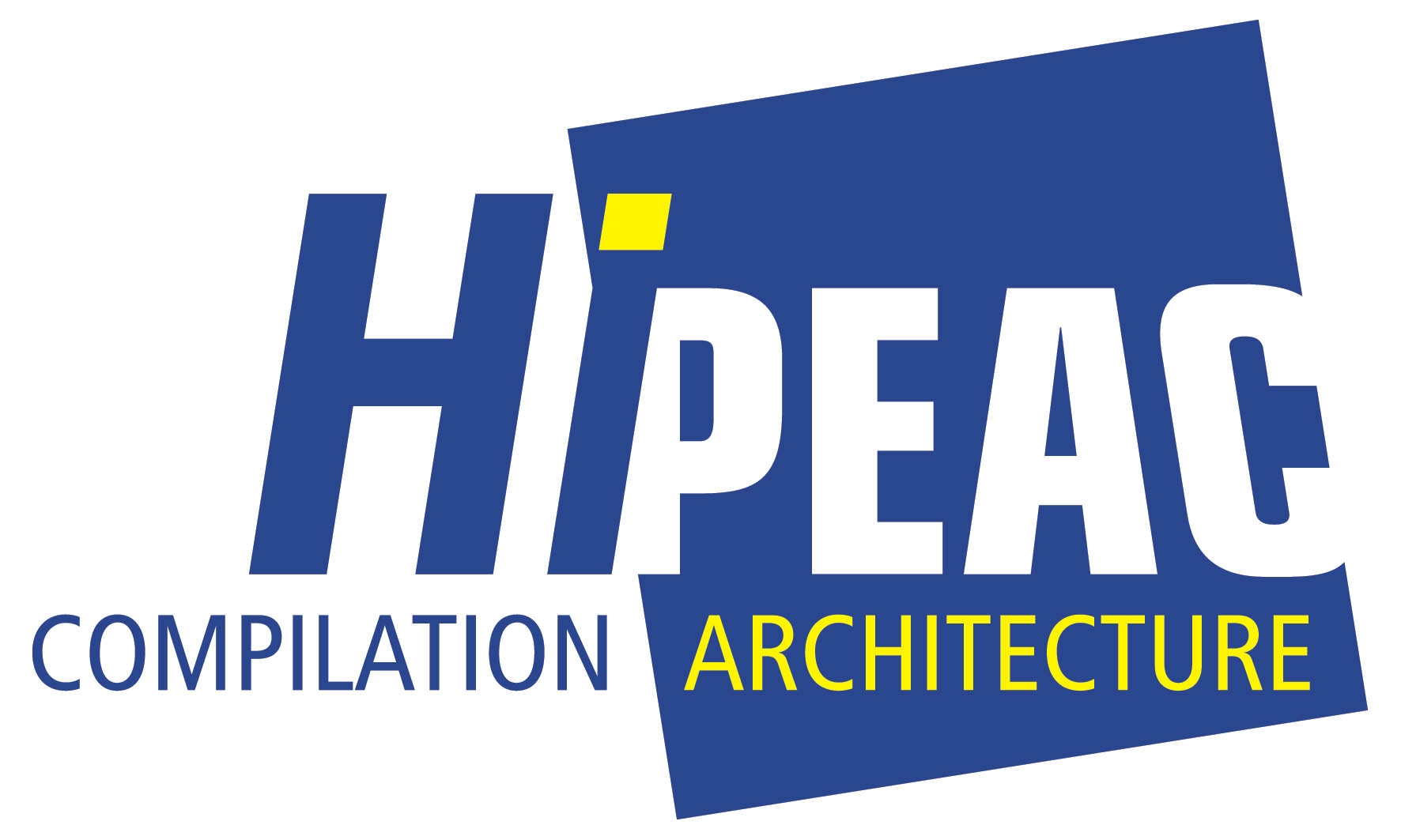Projects
The proposed HiPEAC network of excellence was a follow-up of an existing network that wanted:
- to steer and to increase the European research in computing systems
- to improve the quality of the European computing systems research
- to create a visible and integrated pan-European community in computing systems.
The network was...
The project COPA-GT was structured to provide training of a multi-disciplinary and intersectorial nature for young Fellows in Europe in the field of propulsion and electric power generation systems.
The young researchers obtained expertise in gas turbine engine (GT) design, based on fluid and structural mechanics, combustion, acoustics and heat...
The grand challenge of Exascale computing, a critical pillar for global scientific progress, requires co-designed architectures, system software and applications. Massive worldwide collaboration of leading centres, already underway, is crucial to achieve pragmatic, effective solutions. Existing funding programs do not support this complex multidisciplinary effort. Severo...
DEEP developed a novel, Exascale-enabling supercomputing platform along with the optimisation of a set of grand-challenge codes simulating applications highly relevant for Europe's science, industry and society.
The DEEP System realised a Cluster Booster Architecture that can cope with the limitations purported by Amdahl's Law. It served as...
The RISC project aimed to deepen strategic R&D cooperation between Europe (EU) and Latin America (LA) in the field of High Performance Computing (HPC) by building a multinational and multi-stakeholder community that involved a significant representation of the relevant HPC R&D EU and LA actors (researchers, policy makers, users). RISC identified common needs, research...
Engineers who design hard real-time embedded systems express a need for several times the performance available today while keeping safety as major criterion. A breakthrough in performance is expected by parallelising hard real-time applications. parMERASA targets a timing analysable system of parallel hard real-time applications running on a scalable multi-core processor....
There is a continued need for higher compute performance: scientific grand challenges, engineering, geophysics, bioinformatics, etc. However, energy is increasingly becoming one of the most expensive resources and the dominant cost item for running a large supercomputing facility. In fact the total energy cost of a few years of operation can almost equal the cost of the...
At the time, EUDAT was the proposal for the next stage in the realisation of the vision of “data as infrastructure”. The EUDAT consortium included representatives from each stage of the value chain that has evolved to deliver scientific knowledge to researchers, citizens, industry and society as a whole. It included funding agencies that invest in research...
In response to the call for a high impact initiative on the human epigenome, the BLUEPRINT Consortium was formed with the aim of generating at least 100 reference epigenomes and studying them to advance and exploit knowledge of the underlying biological processes and mechanisms in health and disease. BLUEPRINT focused on distinct types of haematopoietic cells from...
Food and energy security are major challenges facing humanity in the coming decades. The falling costs of nucleotide sequencing are opening up significant opportunities for crop improvement through plant breeding and increased understanding of plant biology; in particular through interpreting the growing volume of plant genomics data in the context of phenotype. However, at...










